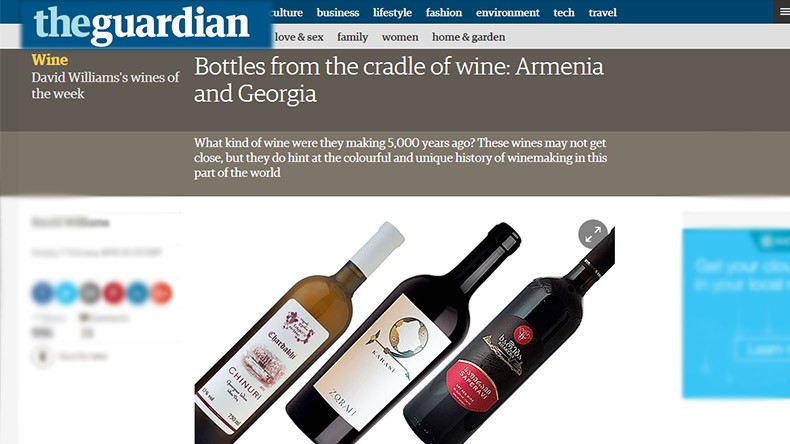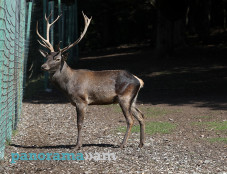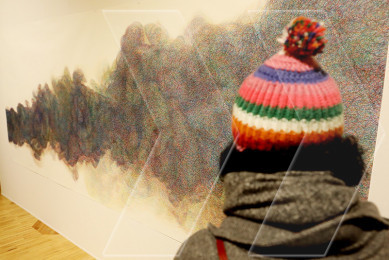
Bottles from the cradle of wine: Armenia and Georgia
“Zorah Karasi Areni Noir, Armenia 2013 (from £21.95, Slurp; Corking Wines) An idle question prompted by the vivid opening chapter of A Natural History of Wine, a fascinating new book by American academics Ian Tattersall and Rob Desalle: what kind of wines were they making 5,000 years ago in the cave at the feet of the Lesser Caucasus Mountains known as Areni-1? It was here, in modern-day Armenia in 2011, that archaeologists discovered the world’s earliest winery, dating back to circa 3,000 to 3,500 BC. I may not have found an answer tasting the 2014 vintage (available in May) of Italian-Armenian Zorik Gharibian’s Karasi made from Armenia’s most planted grape variety (which, like the cave, takes its name from the village of Areni). But, as with the 2013, the sense of history brings an added frisson to a vibrant, highly polished red,” according to David William’s wines of the week available at theguardian.com.
“Iago Bitarishvili Chinuri Qvevri 8, Kakheti, Georgia 2013 (from £16.65, Bottle Apostle, Smiling Grape) Gharibian, who was born to an ex-pat Armenian family in Iran, but who settled and started a successful business in Italy after being sent to an Armenian school in Venice during the Iranian revolution, is one of a handful of returning members of the Armenian diaspora to play a part in the recent revival of its wine industry. And, like many, he has been drawn to the traditional winemaking technique of using clay pots (or “karasi”) to age his wines. These vessels are also used in some of the many exciting wines coming out of neighbouring Georgia, another country with a claim to being the birthplace of wine, with Iago Bitarishvili’s arrestingly chewy, honeyed white among the best of these “qvevri” wines.
Khareba Saperavi, Kakheti, Georgia 2013 (£9.95, Tanners Wines) You can get a hint of the tantalising mix of the red wine-like tannin, subtle herby-bitterness, and faintly coppery colour of the best Georgian “orange” qvervi wines in Marks & Spencer’s beginner’s guide to the style, Tblvino Qvevris 2013 (£9). More serious exploration would lead to the excellent Pheasant’s Tears, and the inky, grippy, earthy, sour black cherry-scented red they make in qvevri from the local saperavi variety (£17.99 for the 2013 Saperavi, Red Squirrel Wine). This is quite magnificent with lamb, either roasted or stewed, Georgian-style, with aubergine. Made in stainless steel rather than clay, Khareba’s bold but supple saperavi is not quite as complex, but with its liquorice and juicy black berries, it also pairs beautifully with lamb”.
Newsfeed
Videos






























